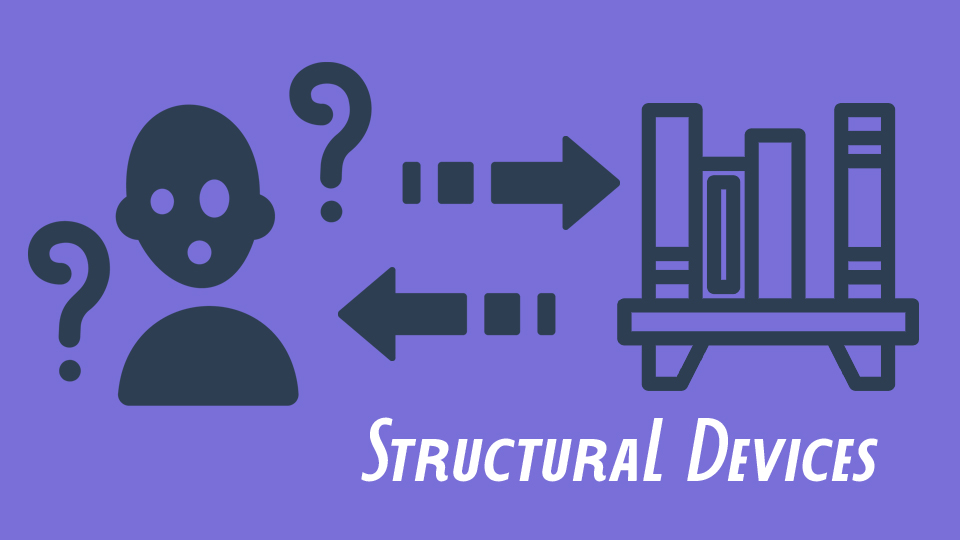

Structural Devices in Poetry
To discuss the structure of poems effectively, you must be able to use the correct terminology to identify the exact techniques the poet is using to create meaning and build moods or feelings in a poem.
The examiners award higher marks to students who can use the correct terminology to identify structural features in poems and who can analyse the effects of these devices in their evaluative paragraphs. So, it is useful to know the correct terms to describe specific structural devices when analysing their effect in a poem.
The Names and Uses of Stanzas
Stanzas in poems are just like paragraphs in prose; they contain one focused idea which changes as the stanzas change. Poets can choose to write their poem as one long continuous stanza, which is often in the form of a dramatic monologue, or they can choose to break up the poem into a series of stanzas with each stanza exploring a different idea or mood.
So, when you are analysing a poem, you need to be able to describe the types of stanzas that the poet is using to convey their ideas and evaluate the intended effect of each stanza in the poem.
It is useful to create a checklist of questions so that you can evaluate why the poet has shaped the poem in a particular way and what effect that has on the meaning of the poem:
Question 1. What are the stanzas doing?
Poems with multiple can take the reader on a journey through time as each stanza focuses on a different period of time.
➢ A journey through the seasons of the year
➢ A journey through a life from childhood to old age
➢ A journey through a break-up
They can also take the reader on a journey through a physical space
➢ A journey through a city
➢ A journey through a landscape
➢ A journey on a train
Question 2. How many lines does each stanza contain?
Stanzas that contain a certain number of lines have specific technical names:
1 line – a single line stanza
2 lines – a couplet
3 lines – a triplet
4 lines – a quatrain
5 lines – a quintet
6 lines – a sextet
7 lines – septet
8 lines - octet
Some poems have stanzas with equal numbers of lines which creates a very regular and reliable pattern in the poem. This often indicates a consistent meaning, mood and feeling in the poem.
Stanzas that have different numbers of lines across the poem tend to present some variation in meaning mood and feeling.
So, you can not only name the type of stanza that the poet is using but also describe the effect is has when compared to the other stanzas in the poem.
Question 3. Are the line lengths in the stanzas consistent?
Just as with the number of lines used in a stanza, poets can create meanings, moods and feelings in a poem through the use of line length.
Stanzas that have consistent line lengths look and feel very regular and steady as you read them which often reflects a calm mood or a regular and consistent feeling.
In contrast, stanzas that have inconsistent line lengths often reflect fluctuating, disorganised or even chaotic feelings and mood changes.
We hope you found this blog interesting and informative.
To learn more about structural devices and their use in both poetry and prose, why not join one of our online tuition groups? You can find out more here.
We are also running special booster sessions in the run up to the February mock exams, including one specifically on poetry comparison skills. You can find out more here.
Or you can find out about all our other courses at: Tutors for Excellence.

